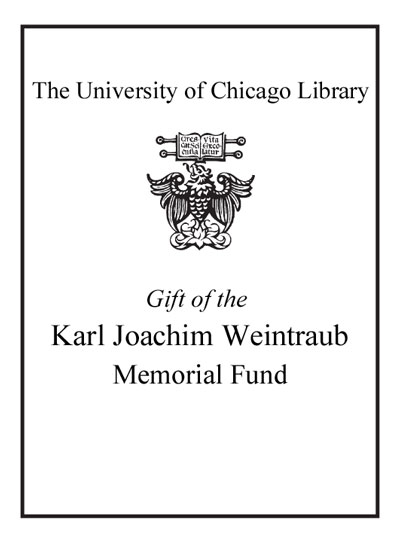Review by Choice Review
Hansen's history of the Silk Road from 200 to 1000 is a much-needed critical synthesis of scholarship that will appeal to scholars, students, and general readers. The book focuses on seven Silk Road towns located in northwestern China, Uzbekistan, and Tajikistan, where surviving documents provide glimpses of life in pre-Islamic communities. Hansen, a scholar of medieval China and Inner Asia, carried out research in original Chinese texts and secondary sources in numerous languages and translated documents in languages such as Sogdian and Khotanese. Her lively writing brings each town to life in a chapter discussing its history, indigenous inhabitants, immigrants, spoken and written languages, religions, and trade. The author (Yale) persuasively challenges the conventional view of the Silk Road as a major avenue of long-distance commerce by demonstrating that the surviving documents mainly describe hazardous travel conditions and peddlers operating locally and regionally. She argues that the Silk Road's true historical importance is due to migrants who transmitted religions, art, and technologies over long distances. The clear prose, numerous maps and illustrations, and animated tales of the Silk Road's travelers and explorers will make Hansen's book a classroom favorite. Summing Up: Highly recommended. Most levels/libraries. J. K. Skaff Shippensburg University of Pennsylvania
Copyright American Library Association, used with permission.
Review by Publisher's Weekly Review
The Silk Road was never really a road at all, but rather a "stretch of shifting, unmarked paths across massive expanses of deserts and mountains" that carried a slow trickle of trade between the Near East and the Chinese empire over millennia. The arid conditions along the trail have helped preserve some of the greatest treasure troves of the ancient world, increasing our understanding of dozens of cultures. Hansen, an expert in early Chinese history at Yale, presents an erudite, scholarly look at artifacts as diverse as Buddhist sutras, ancient bills of sale, and even petrified dumplings, placing each in its proper context and building a detailed historical record drawing heavily on primary sources. At times too dry for general readers, this study may put off specialists with its lack of focus-Hansen touches on civil service examinations, prevailing stereotypes of Sogdian merchants, bans on religious practice, and sea trade with Southeast Asia in succeeding paragraphs-but the work does break new ground with its close textual analysis of so many original documents. Although trade on the road largely consisted of "impromptu exchanges of locally produced and locally obtained goods" (silk was one common currency; another was antelope skin), such exchanges played no small part in shaping the modern world. 19 color and 61 b&w illus., maps. (Aug.) (c) Copyright PWxyz, LLC. All rights reserved.
(c) Copyright PWxyz, LLC. All rights reserved
Review by Library Journal Review
The term the Silk Road has always conjured up romantic notions of silks, spices, vast deserts, inhospitable lands, and camel caravans, merchants, and pilgrims traveling between East and South Asia and the Mediterranean world-all of which is valid. Hansen (history, Yale Univ.) examines the Silk Road through further research based on documents left behind by those who lived and died on this ancient cultural superhighway. Organizing the text around the seven Silk Road cities of Niya, Kucha, Turfan, Samarkand, Chang'an, Dunhuang, and Khotan, the author takes the position that the Silk Road was made up of local and small-scale trade, not the large commercial routes that we have come to associate with it. More significant, she writes, its true importance lies in the movement of ideas (especially those of immigrants) as they moved eastward and westward spreading their art, language, religion, and technology. VERDICT An impressively well-researched book exploring the documentation of many different cultures and people along the many routes known as the Silk Road. Readers of Asian or world history will learn much from and thoroughly enjoy this book.-Melissa Aho, Univ. of Minnesota Lib., Minneapolis (c) Copyright 2012. Library Journals LLC, a wholly owned subsidiary of Media Source, Inc. No redistribution permitted.
(c) Copyright Library Journals LLC, a wholly owned subsidiary of Media Source, Inc. No redistribution permitted.
Review by Choice Review
Review by Publisher's Weekly Review
Review by Library Journal Review

